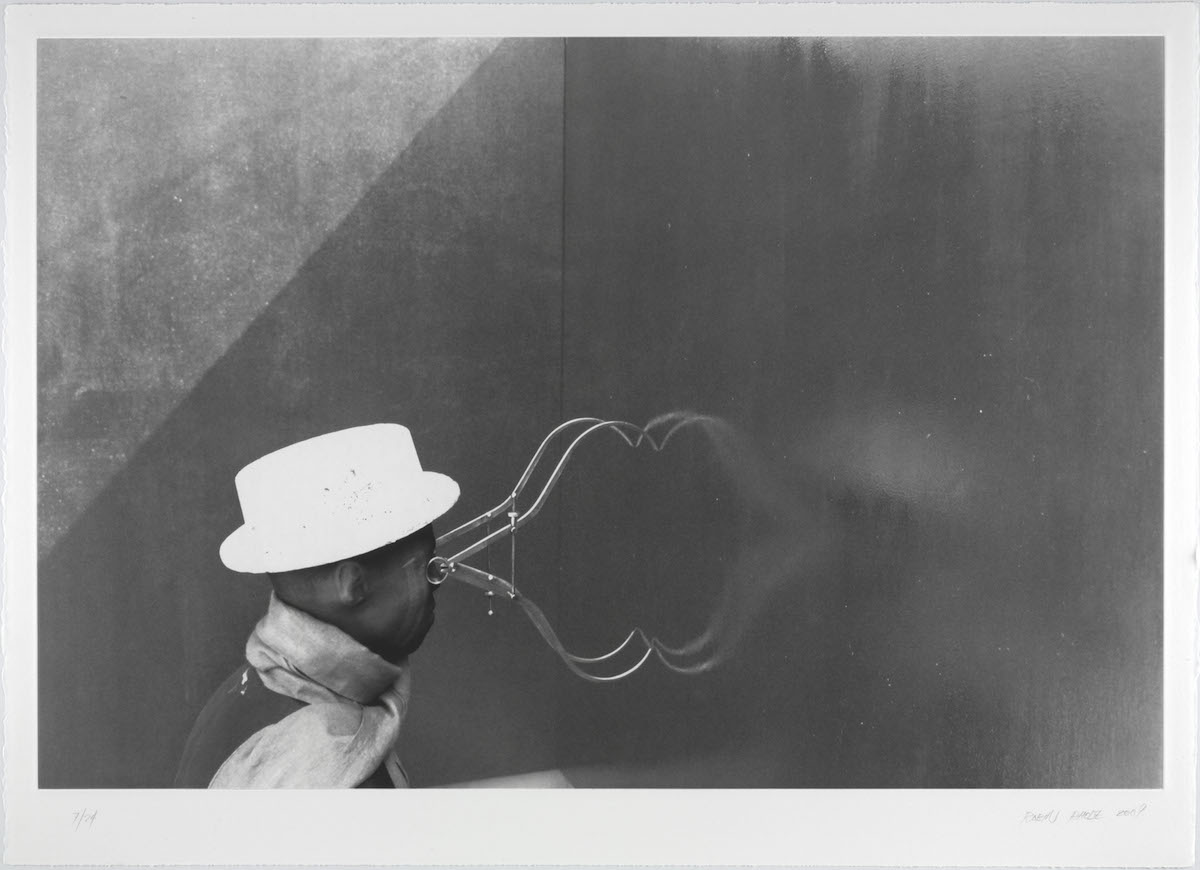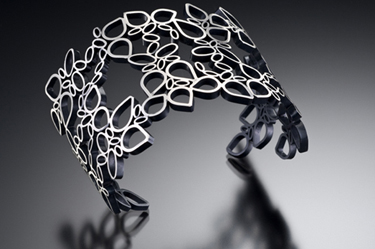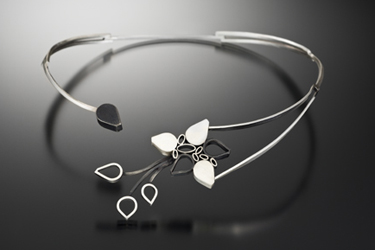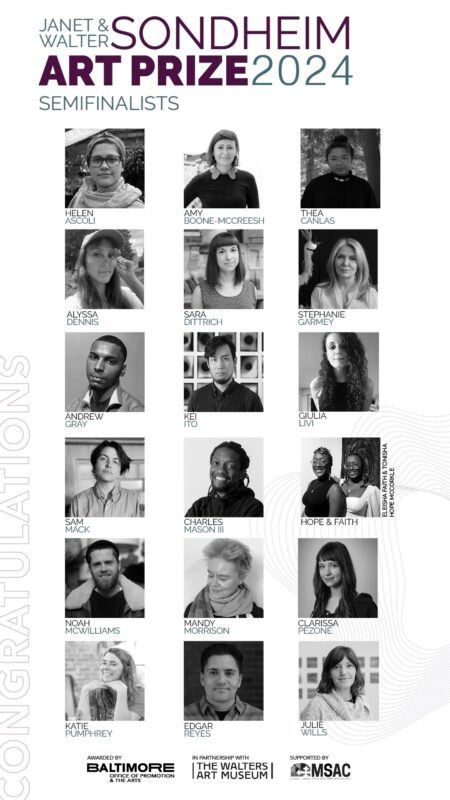Hilary Hachey on Craft, Travel, and Showing Locally by Rebecca Juliette
This weekend, Baltimore hosts the annual American Craft Council Show and, although it’s an international venue for all types of craft, our local maker scene is well represented. Rebecca Juliette caught up with Baltimore metalsmith Hilary Hachey to ask her about her work and involvement in the upcoming ACC show.
Hilary studied metalsmithing at MICA and she creates fine art jewelry pieces by hand in her Baltimore studio. “I consider my work to be architectonic,” she said. “That is, a type of perceived sensibility to form and design that prefers the simple over the complex, and the well-built over the mass-produced.”
Hachey adopted the ‘Bauhaus’ name for one line of her jewelry because the Bauhaus aesthetic utilizes economy of method and severe geometry of form. Her metalwork, hand-fabricated in sterling silver and 18k gold, experiments with the figure/ground relationship.
The creation of mechanisms and clasps unique to her designs unites the spirit of both fine artist and craftsman. The artist often uses oxidation to create contrast within a single piece. Contrast and opposition combined with repetition are the building blocks of her design. By translating a design into wearable adornment, Hachey aims to find the intersection of fine art and the production of functional objects.
When did you first become interested in metals and why were you drawn to that medium?
As a teenager I was in love with jewelry. I took a lot of art classes and my teacher nominated me for a scholarship to Moore College of Art’s weekend program for high school students. One of the courses was jewelry making and I wanted to take it so badly but my mother pressured me to take a portfolio prep class instead…. which I hated.
What brought you to MICA? How did the education that you received there influence your work?
I didn’t get into a jewelry class till post college when I went to MICA to fulfill some studio credits for a degree in art education. I loved the jewelry so much that I quit school and persued that instead.
After college, can you tell me about the trajectory of your career?
I started to apprentice for other jewelers while I was taking classes at MICA. I also worked at Nordstrom until I got my business up and running.
How has your experience with ACC changed over the years? How does it compare with other shows that you are involved with?
This is one of the only indoor shows I do. I’m mostly at art fairs in the street in warm weather. I like this show because it’s local and I’ve been here so many years it feels like home but it is very different than my typical show. I love seeing my Baltimore customers!
It looks like you keep a very busy show schedule. How do you balance the time it takes to make the work and to travel to and exhibit at shows?
Balance?! I work like crazy when I need to and try to keep a certain amount of inventory in stock always but it’s hard when you don’t know what is going to sell. It changes. So I rush home from a show and work right up to the next. In my busy summertime I have gone for long stretches working every single day.
What advice would you give to those looking to get involved with the ACS or similar shows?
It’s hard. It’s competitive so you need to be dedicated and love what you do.
Your website shows three distinct collections: Bauhaus, Avocado, and Fabric & Metal. Do you have a favorite and why?
I am actually introducing a new line this week called BUILD. It’s very architectural. Bauhaus has always been my favorite. I love clean lines and minimalist design. I am discontinuing the avocado entirely, and a lot of the Bauhaus too. It’s just time for a change. My site will be updated this year at some time.
What are some challenges in the work that you make and rewards of having a career as a maker?
My biggest challenge is being in charge of everything. I love making the jewelry, but marketing, website maintenance, and all those other things are time consuming and not fun for me.
I am rewarded everytime someone walks away with a piece and is excited about it. And when I return to a city year after year and my customers come to tell me how much they love their jewelry. I am rewarded by the comeradery of my fellow artists. Many of whom I only see on the road. I love being surrounded by creative people. And it is a wonderful community where most are eager to help each other when it’s needed.
What’s next for you as an artist and craftsperson?
The future holds more travel, more shows, and more new work.

What is your favorite piece you have made and why?
Probably my all time favorite is the Avant-garde necklace. I like it because it was a very difficult piece to design and construct. It took weeks to get it right and I’m proud of how it turned out. I like the asymmetry. It’s bold and simple and striking. Alas, I have retired it!

***********
Author Rebecca Juliette has the heart of an artist and the brain of a librarian. If you invite her to your party, know that by the end of night your record collection will be alphabetized by category.
You can meet Hilary Hachey and see her work this weekend in Booth 232. If you can’t make it this weekend, find out more about Hilary Hachey online.
American Craft Council Show Baltimore 2017
February 24: 10 a.m. – 8 p.m.
February 25: 10 a.m. – 6 p.m.
February 26: 11 a.m. – 5 p.m.
@ The Baltimore Convention Center : 1 West Pratt Street, 21201








